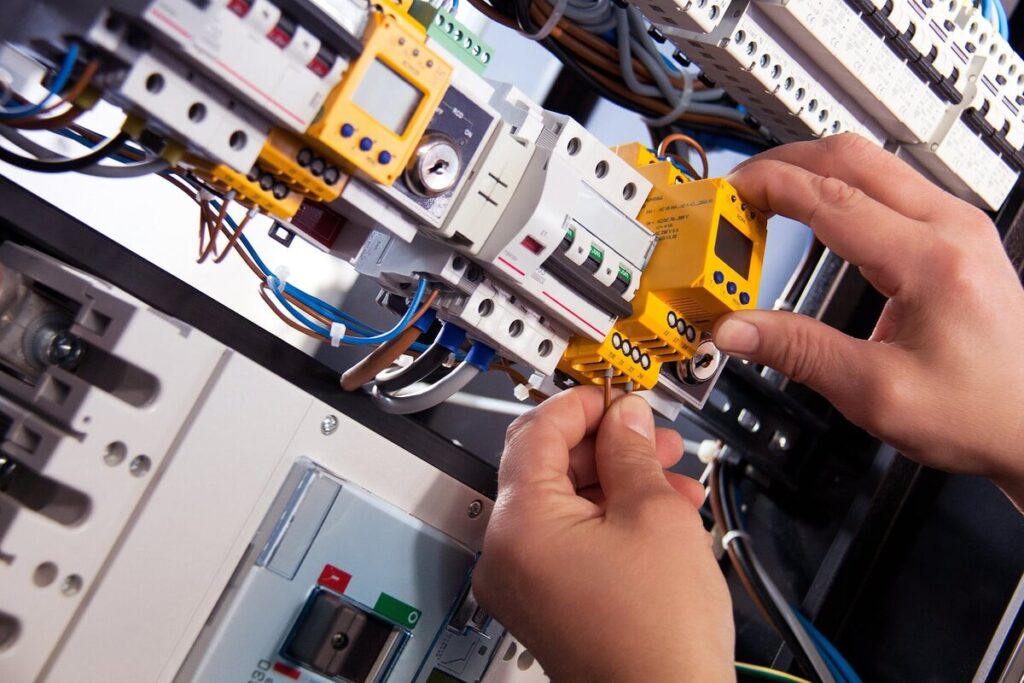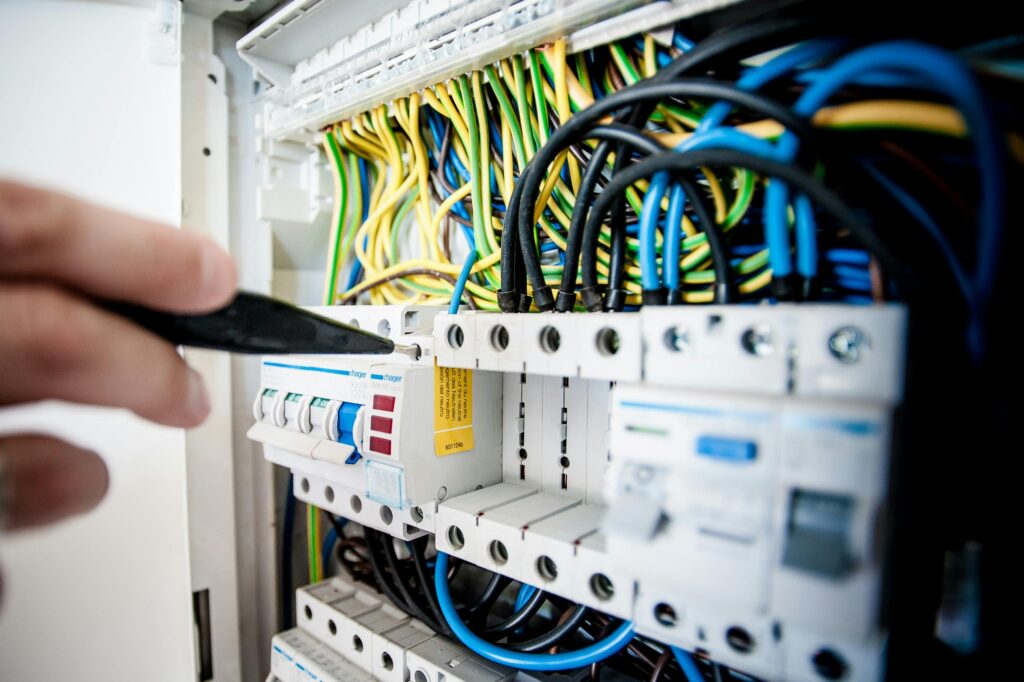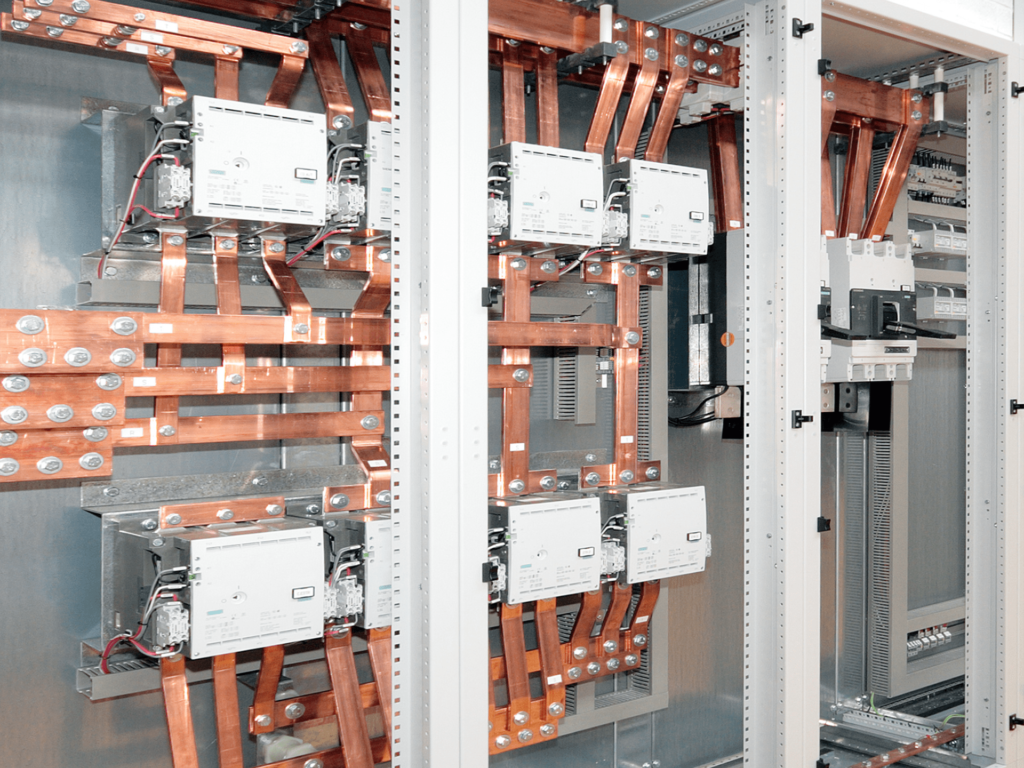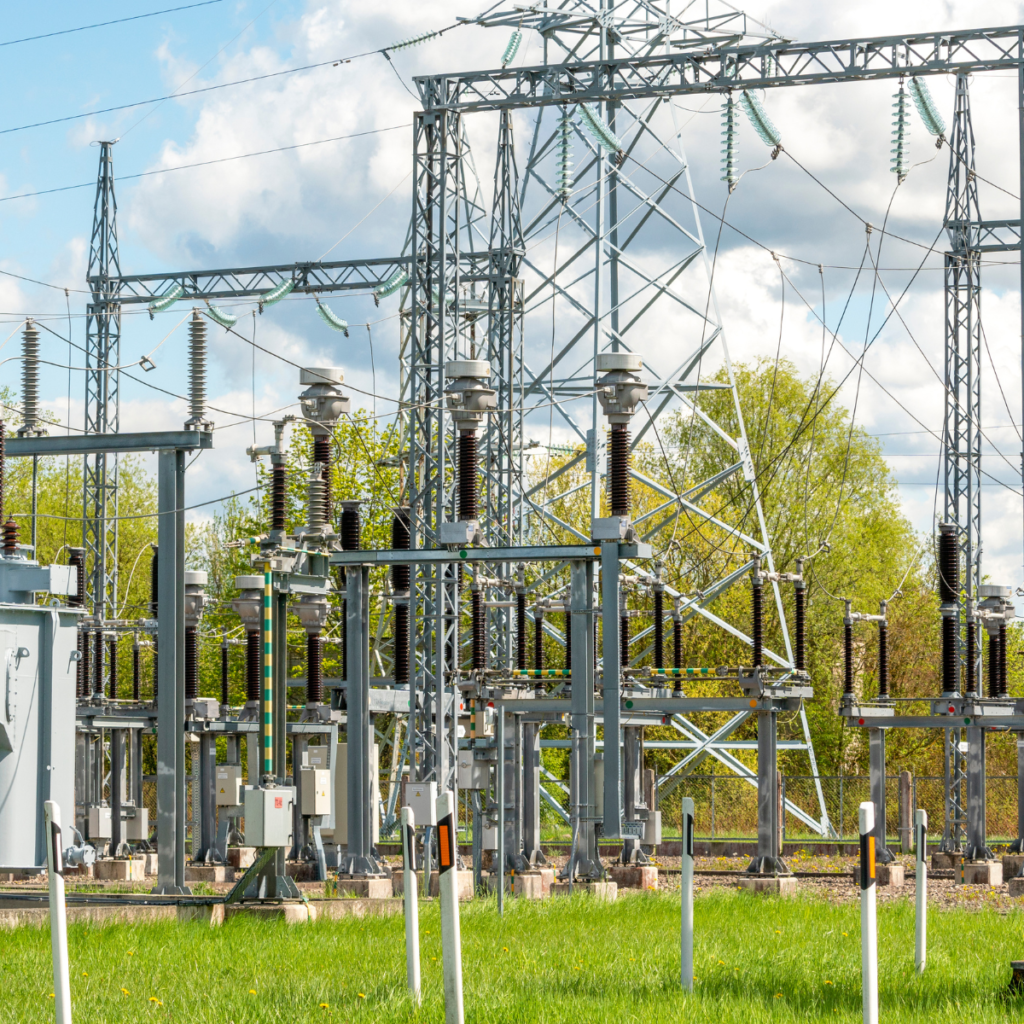
Difference Between Voltage Regulators and Voltage Optimisation
Energy saving – it’s something that’s hugely important for all of us, irrespective of whether you’re running a commercial business or simply looking to optimise energy use in your home. However, this isn’t necessarily a simple process, and there are several do’s and don’ts you should keep in mind to help.
